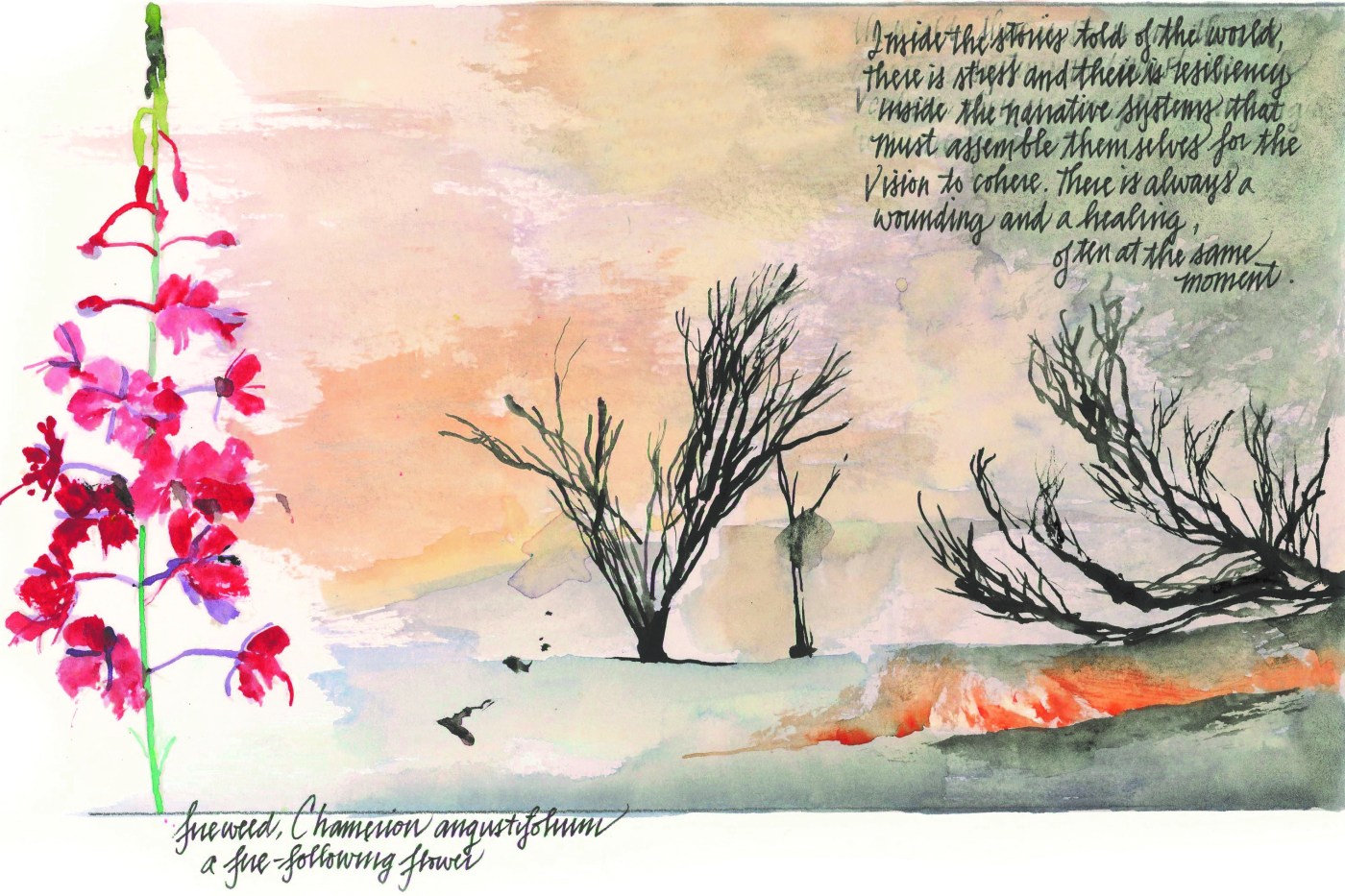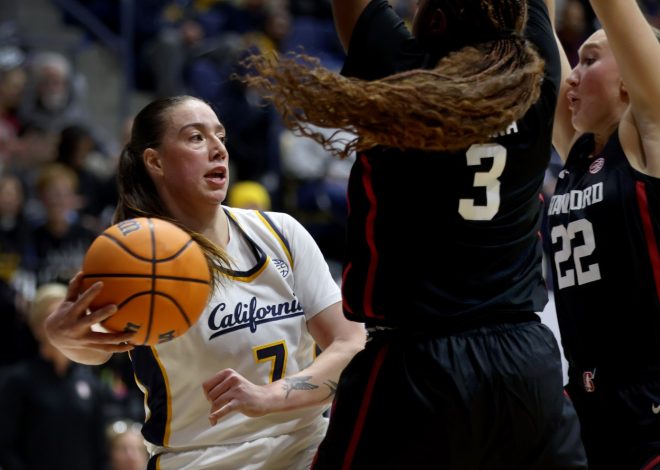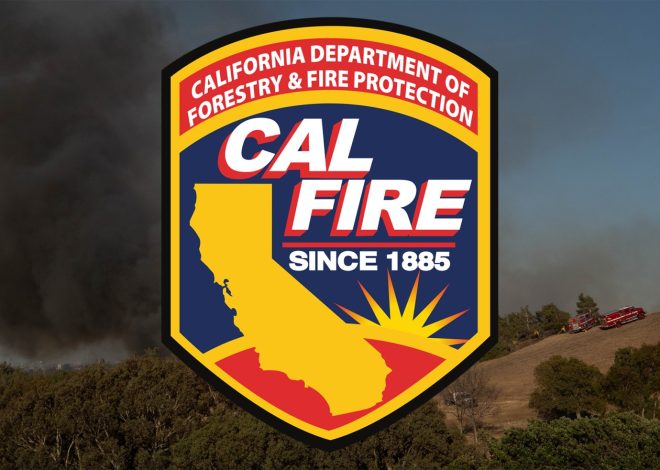
Rockridge author, illustrator Kaufmann pens new book ‘State of Fire’
Pulling aside the curtain to reveal answers to a question inherent in the subtitle of his new field atlas, “The State of Fire: Why California Burns,” Oakland writer, illustrator and naturalist Obi Kaufmann exposes the multifaceted relationship between humans and fire.
Published by Berkeley’s Heyday, the 5-by-7-inch, 240-page book is physically diminutive but scales large with content. The book’s short essays and art are divided into three sections: fire’s history, ecology and principles. Rockridge area resident Kaufmann interjects personal, experiential stories into evidence-based historic and current science-backed information and data.
Atmospheric, hand-rendered watercolor ink maps and vignetted artwork enliven most pages. Every element contributes to the book’s narrative arc that includes the early knowledge of indigenous populations about land and fire through 18th century human attempts at domination — resulting in devastating destruction — to a surprisingly hopeful and healing place. Throughout, a call for informed land stewardship is less a guilt-inducing taskmaster than it is an oracle calling attention to fire as a prophetic gift.
Kaufmann is the author of five previous atlases, arguably, the most known of which is his best-selling “The California Field Atlas.” Published by Heyday in 2017, the 552-page award-winning volume peels back California’s layered landscape; revealing the state’s flora and fauna in 300 hand-painted maps and renderings.
In his books, essays, a podcast and speaking engagements, Kaufmann achieves immediacy and intimacy by drawing from his frequent backcountry explorations and deep, abiding love for California. In a recent interview, Kaufmann said the most startling, counterintuitive truth in the book is in presenting fire as a welcome nutrient force without which the state would lack its miraculous biodiversity.
“It has been revealed through the study of California’s fire ecology that through indigenous stewardship over the past 6 to 10,000 years, regular regimes of fire conspired with ecological vectors of stress to self-organize into the modern configuration of biodiversity,” he said. “We have precedent, therefore, for ecological regimes deformed since the Gold Rush being repaired but only with a combination of scientific innovative stewardship and indigenous knowledge. Fire is the greatest tool to restore world-class biodiversity.”
Wildfire exclusion policies, he insists, have led to aging landscapes with too many dying trees.
“California burns not because of trees, but because of ‘fire drought’ decisions people make or do not make,” Kaufmann said.
The urban-wildlife interface frames multiple points made in the book.
“We have a reciprocal relationship with the biosphere. We have become so intertwined that deciding what’s natural or wild is largely semantics. In fact, it’s all influenced by anthropogenic regimes. With homo sapiens, the fossil record has not seen the degree of manipulation and influence from one species on the planet for hundreds of millions of years.
“But there’s no severing the human body from the biosphere. Our physical bodies are dependent on its ecological services. And colonizing another planet (for replenishing resources) would be like seeking a life boat and folly of the highest order.”
Fire, Kaufmann suggests, will never be denied and is to be accepted.
“Fire is intimately tied to California. As a nutrient and disturbance vector, it is required. We’re forewarned, and so, as human stewards, we can be forearmed. Seeing fire as the enemy would be working at cross-purposes. We should be getting right with it.”
Kaufmann said turning for models to indigenous peoples who have built sophisticated systems and have clear ideas developed over thousands of years is a good, if not easy, first approach.
“Make no mistake, change will impact every sector of California’s economy: artificial intelligence, software design, health care, wildlife conservation, landscape design, real estate, insurance. It’s challenging but also a tremendous opportunity that might spell a new day for economic growth.”
Kaufmann’s frequent use in the book of the term “feral fire” as opposed to “wildland fire” is deliberate. Originally coined by Arizona State University emeritus professor Stephen Pyne, Kaufmann says he prefers its specificity and relevance.
“A feral fire is something unleashed uncontrollably on the landscape, as opposed to a high-intensity intentional cultural fire. Feral fires are our reckoning day that has been long coming.”
Implicit in the book are fire’s two, essential stories: the indigenous story and the new, still-emerging story of fire ecology as an academic discipline.
“It’s not a political manifesto, instead, it’s an exploration, a nuanced story of fire and its ecology. Our human identity forms the questions of what it means to live here and understand California’s natural rhythms. There’s room for better fire legislation, but governmental and all movements to change have to be informed by the better story being told.”
That better story is not a one-track path, such as blaming all wildfires on climate change, which he says is convenient for media platforms needing sound bites but far from comprehensive and detrimental to progressive ways to live with fire.
“Colonization, even irregardless of past genocide and continued erasure of indigenous nations across California, involved the introduction of invasive grasses under the (Spanish Catholic) mission system. The potent virulence of those grasses represented a greater historical and future threat than even the worst effects of climate breakdown by global warming.”
Humans interacting as students and learning from indigenous practices while developing new technologies and policies supportive of active stewardship is a key solution for moving forward.
“My earlier books tended to have a human-shaped hole in the narrative. I realized while writing ‘Fire’ it’s long been the human hand acting in reciprocation to California’s larger living variables that has shaped and will determine its ultimate fate.”
Kaufmann says collating enormous amounts of data quickly to meet California’s goals for prescribed fire is essential and that artificial intelligence is primed to facilitate that effort.
“We’ll have to use AI to regulate weather patterns and how smoke and pollutants will impact population centers. A health care regime must be written from that landscape phenomenon. It will impact budgets and bottom lines, but my book isn’t titled, “here’s a no-cost plan to get out of the problems.” It’s about hope and imagining greater benefits because there’ll be more access to forests that aren’t overcrowded, stressed and diseased.”
Will Kaufmann ever turn his attention to a part of the world other than California? He answers “no” because California holds enough romance, diversity, history, beauty and mythology for 100 field atlases that he promises are yet to come.
Lou Fancher is a freelance writer. Reach her at [email protected].


